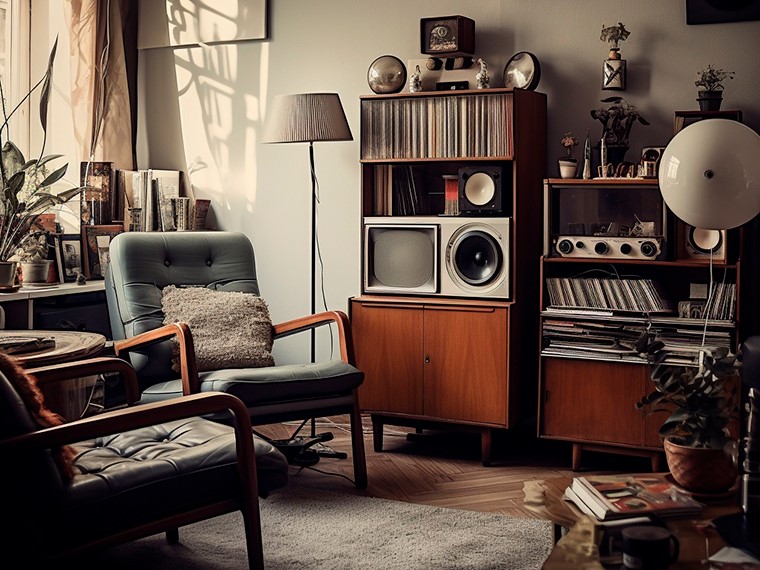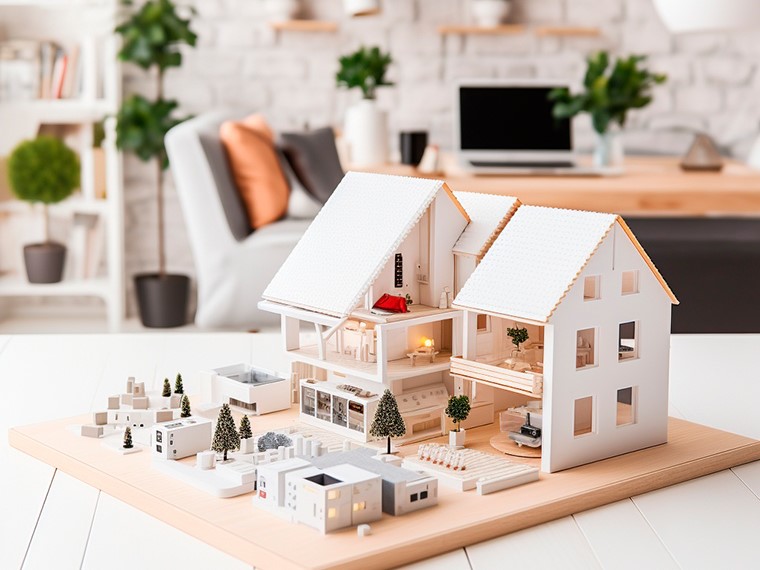Medieval Houses and the Development of Smart Homes

Medieval Houses and the Development of Smart Homes
The Middle Ages were a period of continuity and change, including in the architecture and design of residential spaces. While modern smart homes reflect the growing integration of technology into our daily lives. By studying these two eras, we can better understand what we know about housing construction and how it has evolved over time.
Medieval Houses
In the Middle Ages, especially in Europe, housing conditions were determined by social class, region, and available resources. Houses of common townspeople and peasants were often built from local materials such as stone or wood. Castles and noble estates, on the other hand, used more advanced construction techniques and materials.
- Simple residential houses usually consisted of one room where both animals and people were accommodated. They had few windows, and the main source of light came through the door or roof hatches. A fireplace or stove served for cooking as well as the only source of heating. Furniture was minimal, including benches, tables, and simple sleeping arrangements.
- Building design varied depending on climate and regional characteristics. For example, in Northern Europe, they preferred to build steep roofs to combat snow. While in warmer climates, the emphasis was on good air circulation.
Development of Smart Home Technologies
Let's move on to our times. The concept of a "smart home" involves using modern technologies to enhance comfort, safety, and efficiency in housing. This can include automated lighting control, climate control, or integrated security systems.
- Advancements in materials allow for the creation of more energy-efficient and environmentally friendly buildings - something impossible in medieval construction. The desire to reduce the ecological footprint has led to the emergence of "smart" materials with adjustable properties for different environmental conditions.
- The technical equipment of modern smart homes far exceeds the past people's understanding of comfort. Voice assistants like Amazon's Alexa or Google Assistant allow people to control their homes using voice commands.
Conclusion
By studying what we know about past and present architectural approaches, we can see a significant leap in the development of not only building materials but also the philosophy of living - from basic shelter to complex systems of human activity control and automation.
The Middle Ages leave behind a rich legacy of construction solutions adapted to the conditions of that era. While today's "smart" approach represents not only a combination of comfort and functionality but also a response to the changing demands of human life in the new digital age.






